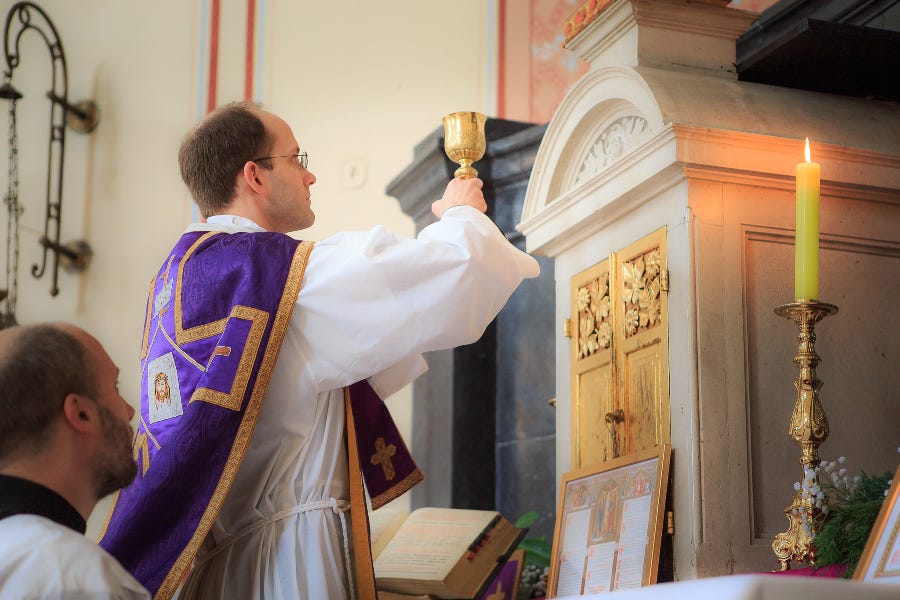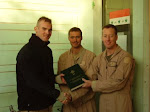Since it was announced, critics of the National Eucharistic Congress have expressed concern that the July event, which coincides with the Republican National Convention, would be co-opted by politics.

Some have speculated that Congress talks will take on a partisan tone, or that some speakers will advocate for conservative political engagement. Others have lamented the inevitable comparisons that will be raised between the two national gatherings in late July — the Catholics in Indianapolis, and the Republicans in Milwaukee
Organizers of the Congress, for their part, have made efforts to avoid political entanglement at their gathering.
And the Eucharistic pilgrimages preceding the Congress — which have drawn many more Catholics than were initially predicted — have not seemed to attract overt political demonstrators.
But while the Congress is making efforts to avoid secular politics, there is one political dynamic it can’t avoid.
Like any large contemporary Catholic gathering, the Eucharistic Congress and its organizers face the challenge of grappling with the contentious and fraught third rail of modern ecclesiastical life: the politics of liturgy.
Congress organizers aim to encourage and inspire Catholics to regard the Eucharistic liturgy as the true “source and summit” of their own lives. But every liturgical decision they make will likely have implications to the attendees of the Congress, to the bishops organizing, to Catholics across the country, and to the Holy See.
And when it comes to discerning how best to approach the Extraordinary Form of the Liturgy — the Mass offered according to the 1962 rubrics that preceded the Second Vatican Council — the Congress organizers face the prospect of challenges, and criticism, from all sides.
After its opening ceremonies July 17, the Eucharistic Congress will take on a daily schedule familiar to Catholics who have attended large Catholic gatherings, including World Youth Day.
An English-language Mass will be offered each morning in Lucas Oil Stadium, and other liturgies will be offered at the same time, in other large gathering places, one in Spanish, and one following the Congress’ “Youth Track.”
Each day, there will be “breakout” and “impact” sessions, exhibitors and displays, catecheses, adoration, and confessions — lots of confession will be available at Congress sites.
And on two Congress afternoons, there will be additional Masses organized by the Congress, and held in convention center spaces, or local parishes.
According to a liturgy schedule sent by organizers to The Pillar, two of those Masses will be offered according to the 1962 Roman Missal — “Traditional Latin Masses.”
One of these will be offered by Archbishop Salvatore Cordileone and the other offered by an Indianapolis priest, the pastor of the parish where the Masses will be held, about a mile from Lucas Oil Stadium — and where Traditional Latin Masses are regularly held, with permission of Archbishop Charles Thompson.
To observers of all ecclesiastical stripes, the very existence of those Masses might come as a surprise.
Read the rest: https://www.pillarcatholic.com/p/the-traditional-latin-mass-third











No comments:
Post a Comment